The Brehon Families of Ireland – Is Your Surname Here?
For well over a thousand years, Gaelic Ireland was governed by “Brehon Law” until eventually outlawed in the 1600s. Today, we are beginning to realise what a sophisticated and fair system it was – and a revealing insight into ancient Irish society.
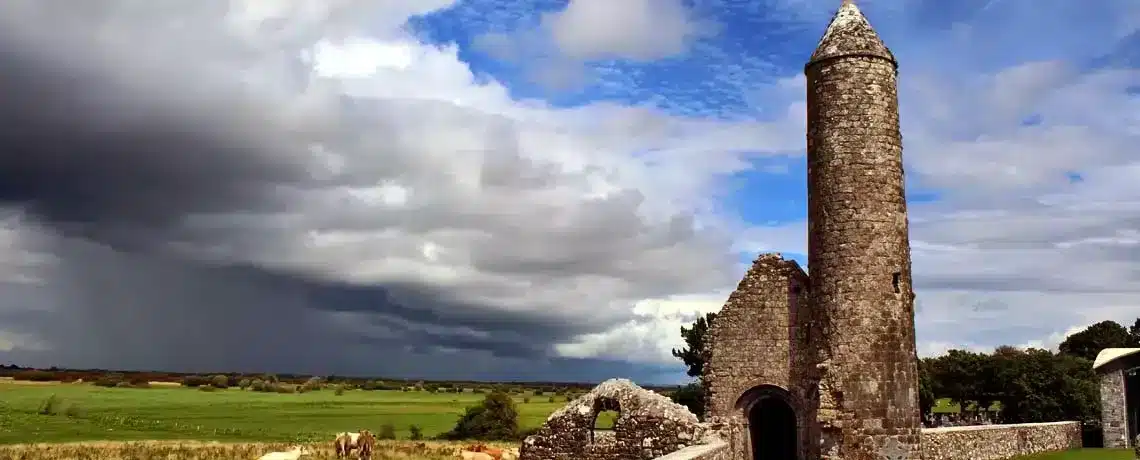
Have you ever had a “run-in” with the law where you live? Just last week we got our first 2 “penalty points” on our driving licence. I know – that makes us fugitive outlaws! But that’s what we want to talk about today – the use of law (and the brehon families) in Gaelic Ireland.
For well over a thousand years, Gaelic Ireland was governed by “Brehon Law” until eventually outlawed in the 1600s (imagine – outlawing a set of laws!) Today, we are beginning to realise what a sophisticated and fair system it was – and a revealing insight into ancient Irish society.
The laws themselves evolved from the customs of a tribalised society with no central authority – and the name “Brehon” or judge, comes from the judges who carried and advised on the law. Many of these judges and advocates came from specific hereditary Gaelic families – and were granted a very high standing in Irish society.
In Each Kingdom.
Each Gaelic kingdom (there were between 100 and 150 kingdoms, or “Tuatha” at any one time) appointed an official judge. Their job was to advise the king on all legal decisions to be made. He received a payment for his work – usually one twelfth of any award that was made. However, he was also responsible for any mistake made – and had to pay a fine for a bad judgement.
How do you think that would go down today?
Remember, there was NO central government in Gaelic Ireland to create laws – it was a society of tribes and smaller kingdoms. So, the laws were built over time through popular acceptance by the people as a whole. The laws WERE the customs of the people – put into spoken law by the Brehons – and were based on hundreds of years of development and social acceptance.
The Gaelic Family.
There are two things we need to remind ourselves of before we look at the administration of law – the idea of “family and kin” and the unit of currency (and punishment fines!)
When we talk about “Family” today – we often mean our immediate parents, brothers, sisters, sons, daughter, nephews and nieces at the most. Back in Gaelic times it was a little different. This is reflected clearly through the laws.
A family was four generations descended from a common great-grandfather. This was defined as true kin. The kin was responsible for any member who got into trouble – they were expected to support one another and were often had to collectively pay a fine or debt that was incurred by one of their members.
The Celts in early Ireland did not make coins – but cows were used as a unit of value for trading, fining and asserting social status. Even land was measured in terms of the amount of cows it could maintain. The basic unit of “currency” was a milk cow accompanied by her calf. Coinage was not introduced into Ireland until the arrival of the Vikings.
Crimes and Punishment.
The king was not responsible for punishing any criminal act but it was left to the injured party to demand compensation. If there was a dispute between the parties, it was referred to a Brehon. And this is a key point – the customary laws were enacted by private individuals against others, and the use of a Brehon was considered important only in dispute resolution.
So, what were these typical punishments and fines?
Here are some examples from around 700 AD:
- Causing a mark (bruise) on someone else: 2 cows and one seventh of the victims “honour” price. This was moved up to 2 and a half cows and a quarter of the victims honour price when blood was involved.
- When the victim died, the kin could seek 21 cows and the victims full honour price. There was no capital punishment for homicide in ancient Ireland – it was up to the victims kin to gain compensation.
So, you are probably wondering what we mean by “honour” price?
What’s your Honour Price?
The “honour price” really illustrated just how hierarchal Ancient Irish society was – but also just how socially mobile individuals could be.
Basically, a person’s place in society was determined by their material wealth. As their circumstances changed, their rank could go up – or down! The “honour price” tracked where you were on the social ladder – from king to lords to professionals like hierarchal and Poets, to craftsmen and wealthy farmers – all the way down to commoner (and below!)
The desire to maintain your honour price was probably the strongest incentive to stay within the law – no matter what your rank. Here are a few ways that individuals could lose their honour price:
- A lord could lose his honour price for refusing hospitality (still a mortal sin in Irish families), sheltering a fugitive, tolerating satire (!) or eating food that was known to be stolen.
- A poet could lose his honour price by overcharging.
- A hierarchal could lose his honour price if he committed a serious breach of duty.
- A king could lose his honour price if he showed cowardice in battle.
It must be said that ancient Irish society was not a caste society – but one in which social rank could be changed – which resulted constant attempts to protect or improve power.
This was the world that the Brehon laws reflected and tried to protect and enhance – overseen by a cohort of Brehons (or judges).
If you want to read more about the Brehon Laws and the Gaelic society that they reflected – I highly recommend “The Lost Laws of Ireland” by Catherine Duggan.
The Brehon Families of Ireland.
So, who were the “Brehon” families of Ireland? As you may have guessed – different traditions and professions often ran over generations in particular families. The following were families that provided many generations of Brehons to serve the various kingdoms of Ireland (I’ve put the county in to give a location – but many of these counties were not in existence at the time of the Brehons):
- Egan of Galway and Tipperary (also ran Brehon schools)
- Forbes of Mayo
- Keenan of Fermanagh
- Coffey of Longford and Westmeath
- Donnellan of Galway
- Davoren of Clare (also ran Brehon schools)
- Breslin of Fermanagh
- Hussey of Fermanagh
- Agnew of Antrim
- Foy of Fermanagh
- Courneen of Leitrim
- Corcoran of Fermanagh
- Cloonan of Galway
- Gilsenen of Tyrone
- Caffrey of Fermanagh
- Clancy of Clare and Tipperary (also ran Brehon schools)
- Folan of Galway
Is one of your family surnames here? Do leave a comment below and let me know – or if you have any more questions about the Brehon laws and families of Ireland. I’m sure this is a subject that we’ll come back to in the future.
I’ll see you next week!
Slán, Mike.

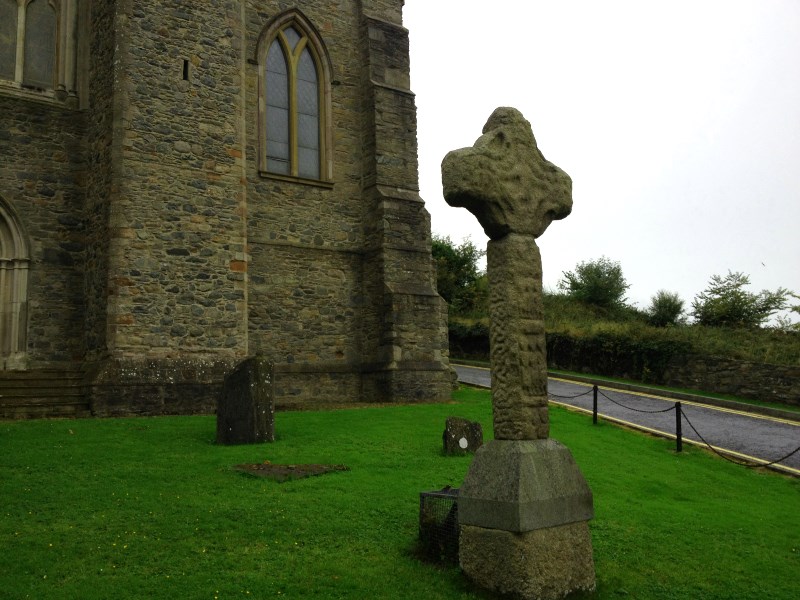
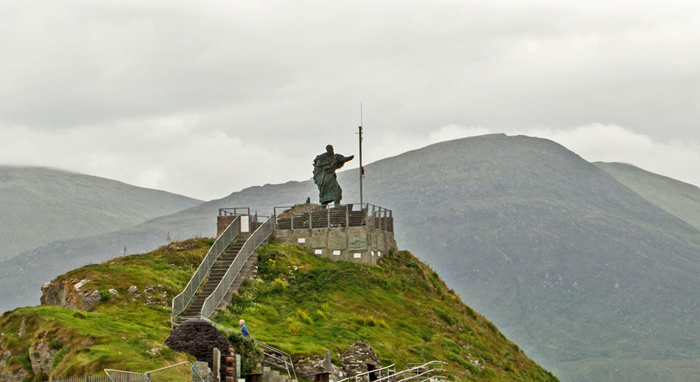
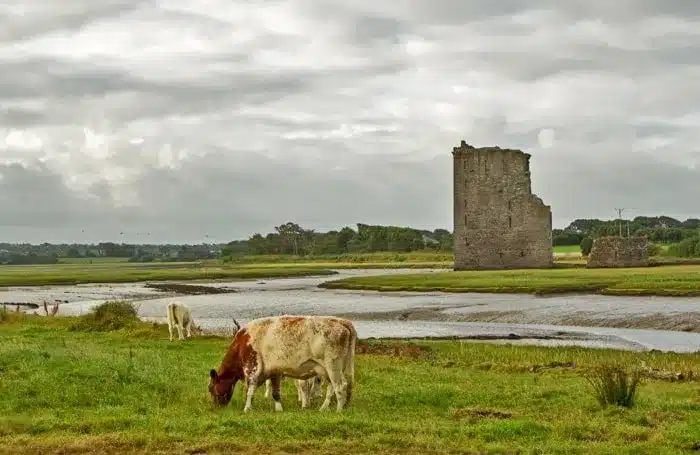

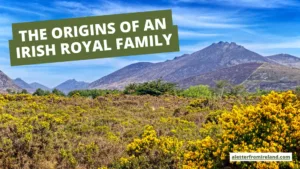
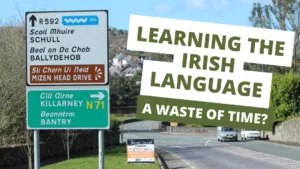
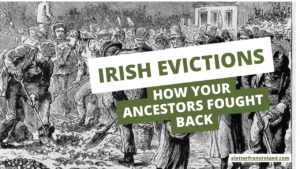
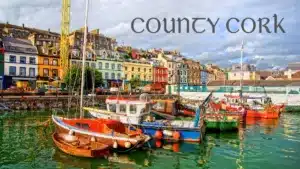
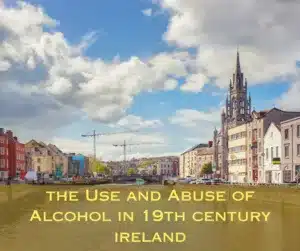

Only Plus Members can comment - Join Now
If you already have an account sign in here.